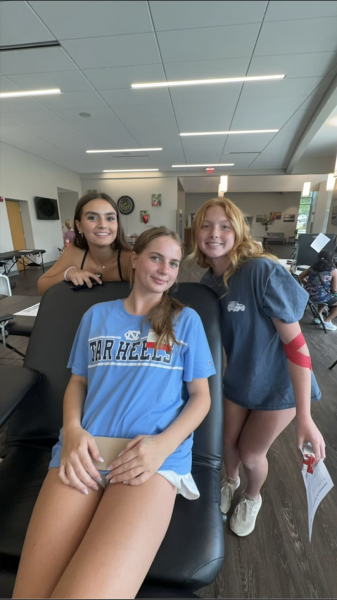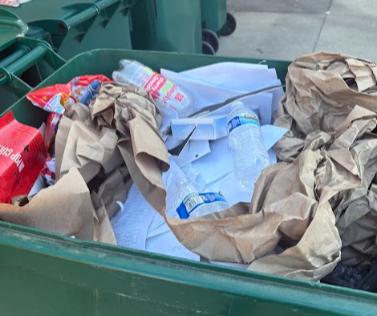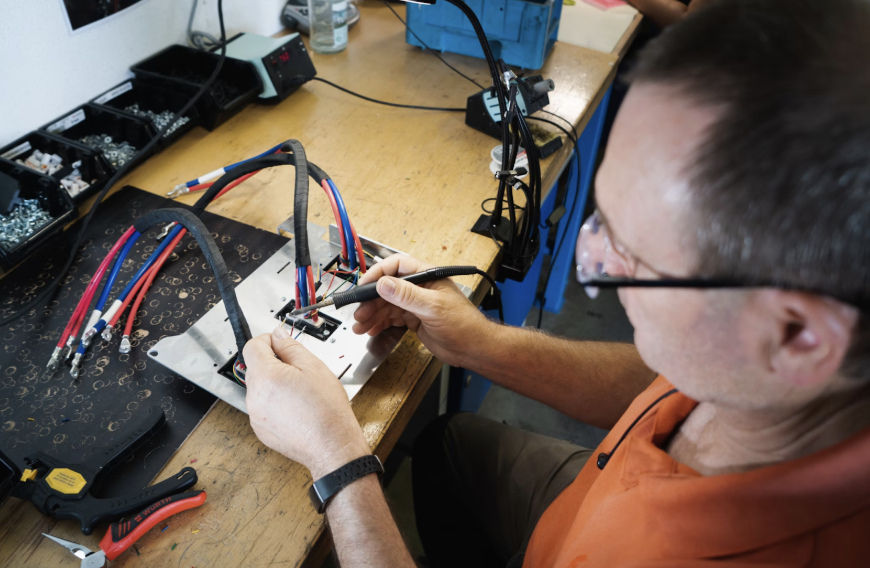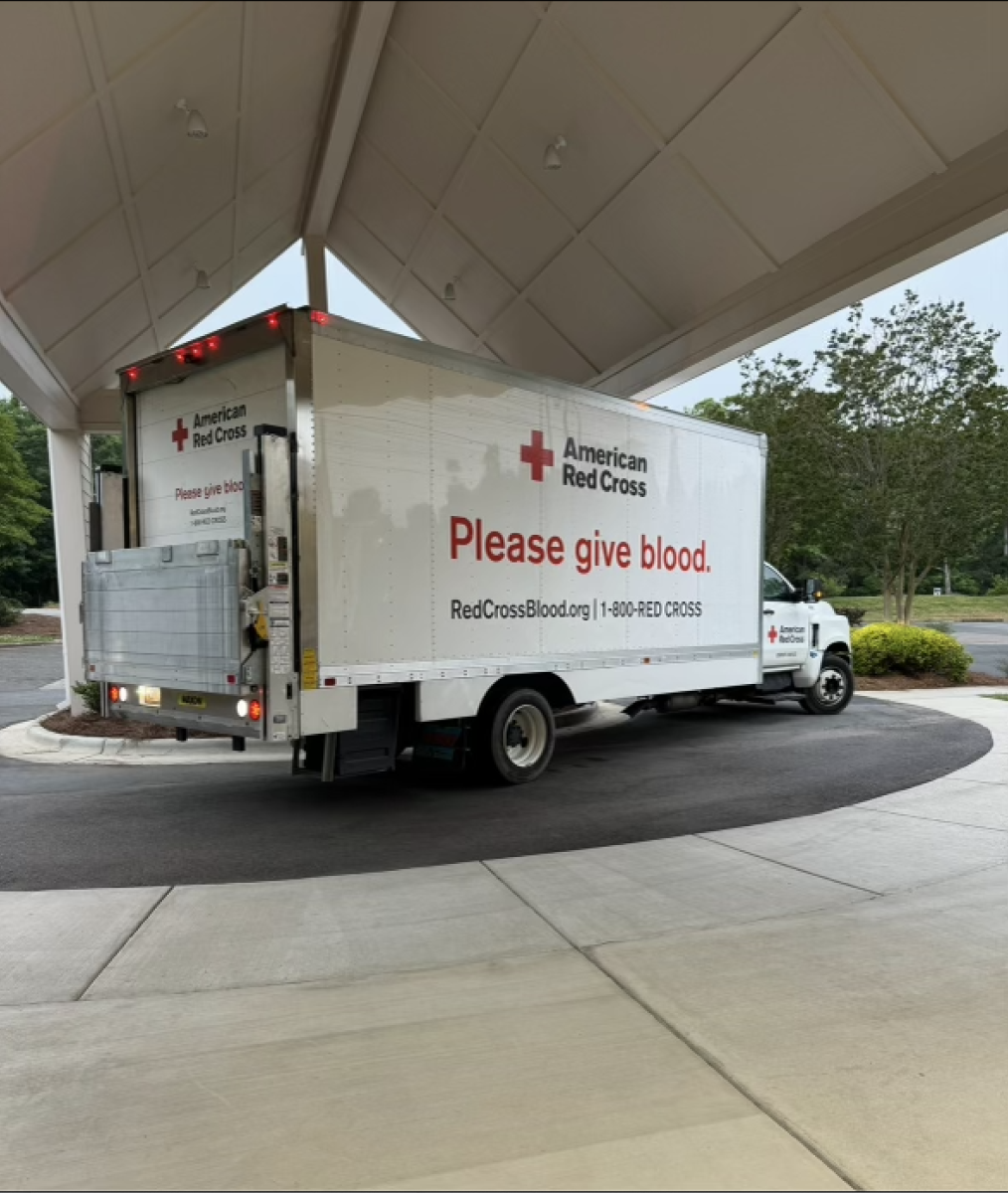When one signs up to give blood at a blood drive at the Red Cross, there are three types of blood they can give: Power Red, Platelets and whole blood. According to the Red Cross website, in June, over 25 percent of the Red Cross’ blood supply was depleted. This was caused by the recent increase in heat, shutting down over 100 blood drives nationwide. However, this is also caused by the population. According to the Red Cross, they are experiencing a time with the lowest amount of blood donations in the last 20 years.
To donate Power Red, one must have type O, A negative or B negative blood. Power Red takes the longest to draw, taking roughly two hours. There are specific criteria one must meet in order to donate Power Red. Male donors must be at least 17 years old in most states, five feet and one inch tall, weigh at least 130 pounds and have a hemoglobin level of at least 13.3 grams per deciliter. Female donors must be at least 19 years old, five feet and three inches tall, weigh at least 150 pounds and have a hemoglobin level of at least 13.3 grams per deciliter. The average hemoglobin level for men is 13.2 to 16.6 grams per deciliter, and for women, 11.6 to 15 grams per deciliter. One can only donate once approximately every 122 days to allow their body to recover.
Platelets are critical because of their multitude of uses. Platelets fight cancer, trauma injuries and chronic diseases. One can donate platelets once every week up to 24 times every year. One must be at least 17 years old and weigh over 110 pounds. Chemotherapy and radiation therapy significantly reduce platelet counts in cancer patients. This becomes a problem because platelets are the main component in blood clotting and preventing excessive bleeding. They are essential in treating cancers like leukemia, lymphoma and liver cancer, which also decrease platelet production.
Whole blood is normal human blood. In the state of North Carolina, one must be at least 17 years old and weigh at least 110 pounds to donate whole blood. It is mostly used in transfusions in trauma patients who have already lost a lot of blood. It greatly increases the survival rate in these instances and generally improves patient outcomes.

The national blood shortage is causing many problems in the medical field. Massive quantities of platelets are needed nationwide, and there aren’t enough donations to keep up with the demand. According to Blood Bank of Alaska, every year, 4.5 million Americans need blood transfusions. On average, a transfusion requires three units of blood, but some car accident survivors can require as many as 100 units of blood. This is a problem because only around 13.6 million blood units are donated annually. If 4.5 million people require blood transfusions annually, and each transfusion requires three units on average, then America will run through its blood supply if it only uses it for transfusions. This means that those with other needs for blood won’t get the blood they need.
The Red Cross often struggles to find suitable volunteers to manage its blood drives. Most blood drives require two to three volunteers to run per shift, and there are two shifts per drive. This requires a large number of volunteers to keep these blood drives open. Often, many blood drives won’t have enough volunteers to run them, or many will not come in for their volunteer shifts. This causes blood drives to close at the last minute, worsening the blood shortage.
According to American Blood Centers, only about three out of the viable 40 percent of Americans donate blood yearly. With this national crisis worsening, people need to go out and donate blood. The only way for blood banks and hospitals to receive the blood they need to help their patients is through blood donations. According to the Red Cross, over the last 20 years the number of people donating through the Red Cross has fallen over 40 percent.
The Red Cross has many different types of volunteers, but the main two who deal with blood drives are blood donor ambassadors and blood transportation specialists. Blood donor ambassadors mainly check people into the Red Cross system and attend to the needs of donors after they have given blood. They provide them with water, food, juice and anything else they need while cleaning their areas after they leave. Blood transportation specialists transfer blood from blood drives to hospitals nearby.
The national blood shortage is an often overlooked problem because typically people are uneducated on the severity of the issue.











































































